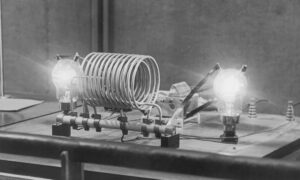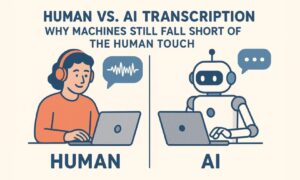A lie detector, also known as a polygraph, is a machine that measures and records several physiological indicators such as blood pressure, pulse, respiration, and skin conductivity. The theory behind lie detection is that when a person lies, they will experience a physiological response that can be measured by the machine.
The polygraph was first developed in 1921 by John Augustus Larson, a medical student at the University of California, Berkeley. Larson’s original design was based on the premise that increased autonomic activity would be exhibited when a person was lying. The machine has undergone many changes since its inception and is now considered to be one of the most reliable tools for detecting deception.
There are three main types of lie detectors: analog, computerized, and Voice Stress Analysis (VSA). Analog machines are the oldest type of lie detector and use pens to record physiological responses on paper. Computerized machines are more sophisticated and use sensors to measure various bodily functions. VSA is a newer technology that uses analysis of vocal stress to detect deception.
Polygraph tests are not foolproof and have been known to produce false positives and false negatives. However, they are still considered to be one of the best ways to detect deception.
How Does A Lie Detector Work?
The polygraph operator will ask the person being tested a series of questions, both relevant and irrelevant to the matter at hand. The operator will then analyze the test results to see if there are any significant changes in the physiological responses during the relevant questions. If there are, it is assumed that the person was lying.
Of course, there are many factors that can affect the accuracy of a lie detector test, such as anxiety or nervousness about being tested. So while a polygraph test may not be 100% accurate, it can still be useful in determining if someone is being truthful or not.
There are pros and cons to using a lie detector. On the pro side, a lie detector can be useful in catching liars and deterring lying. On the con side, a lie detector can be expensive and may not be 100% accurate.
The High Demand For Lie Detectors
The global market size for lie detectors is forecast to reach USD 2.3 billion by 2025, according to a new report by Grand View Research, Inc. The market is anticipated to witness a CAGR of 6.2% over the forecast period.
The growth of the market can be attributed to the rising instances of fraud and crimes, which have necessitated the need for efficient and accurate lie detection tools. In addition, the increasing adoption of these devices by law enforcement agencies and businesses is also anticipated to fuel the market growth over the coming years.
However, there are certain factors that are expected to restrain the market growth over the forecast period. These include ethical concerns associated with lie detection, as well as issues pertaining to accuracy and reliability of these devices.
Conclusion
Lie detectors, also known as polygraphs, are invaluable tools for law enforcement and other agencies to quickly detect deception in a person. While it is not an exact science and may lead to false positives or negatives if used incorrectly, lie detector tests can be useful when used properly by trained professionals. Understanding how they work is important in order to make sure that results are accurate and reliable. With this knowledge in mind, hopefully you now have a better understanding of what a lie detector is and how it works so you can decide whether or not one should be used in your particular situation.



































